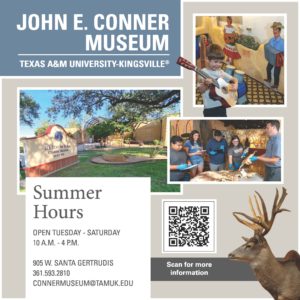Continues to do their part for cats
So far, 15 cats have fulfilled the trap, neuter, release (TNR) process on campus. The areas next being targeted to trap cats are the human sciences building, the art building, the library and the biology building.
The overpopulation of stray cats has been a problem for a long time on campus. This year, the Vet Tech Program decided to facilitate TNRs at the university alongside Edgar and Ivy Sanctuary.
The campus community is asked to not feed cats in the areas in which cats are being trapped, which would make the job of the program more difficult.
Julia Warren is an animal science major who is passionate about animal and population management and know the benefits of TNR.
“I think it’s an important service and more people should be educated on its importance,” Warren said. “Not everybody knows this, but right after having a litter [cats] can get pregnant again so, it’s important to manage the population we are spaying and neutering.”
Students have shown their compassion for the cats during this process by going to their locations to check up on them. Many are seen petting, feeding, and caring for the cats on campus.
Grecia Rodriguez is a sophomore who regularly takes time out of her day to engage with the cats on campus.
“I feel like trapping and releasing them is probably one of the more humane and reasonable solutions,” Rodriguez said. “They are kept safe the entire time and eventually will get released back into their spot.”
Not only are students invested in helping the cats, but so are the faculty. Dr. Catherine Down does her service of buying food for the cats and getting volunteers to distribute food around campus.Dr. Cariann Galloway and her students, who are working alongside The Edgar and Ivy Sanctuary, will continue their ongoing process of TNRs.

